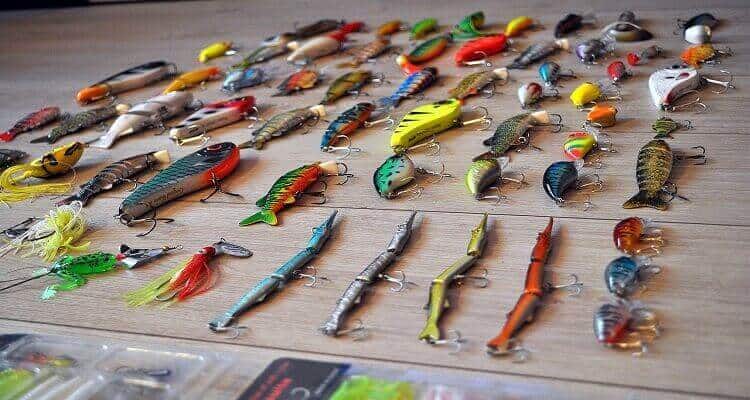Fishing is one of the most popular times for a huge number of people around the world. Many people have also joined the fishing industry to bring the bacon home. It uses different types of instruments, such as hooks, nets, pontoons and so on.
Today we are going to look at hooks. Then learn more about hooks and their types, attributes, and more importantly how they are made in this article.
Ok let us start.What are fishing hooks
Fishhooks are instruments used to catch fish. As the name "hook" itself suggests, the instrument is shaped like a hook and contains a spiked edge that catches the fish and cripples it to wind itself out of the hook. A hook is separated into different parts, for example
1. The eye. This is a base trap, a time when the hook is connected to a line.
2. The shaft. This is the straight part of a hook connected to the eye (however, the plans shift and it generally does not have to be straight).
3. Bend.
4. Barb.
5. The point.
What are the materials used to make hooks
These instruments have been used for many years. As records show, history suggests that people were already 7,000 BC. Used fishing hooks. Over time, the materials and components have changed in the improvement of hooks. Wood, stone, shells, bone, bronze, iron and various materials were applied to make the hooks. Individuals still use non-metallic hooks in certain parts of the world today. Hooks, made of steel, originally appeared and became famous after the 16th century, essentially for professional use.
What are the types of hooks that can be made
We have three unique types of hooks on the market, namely: the "single" hook (essential type), the "double hook (this type of hook has one eye and a few connected legs)".
- Triplets
Triplets are always used in fly fishing. It is known that a treble hook in shaded feathers is "fully clad" to recreate bait or creepy crawlies. One of the most perceptible elements of a triplet is the complete capture of the fish in the mouth. Individuals also use triplets when trolling, with the triplets attached to bait that causes the spoils of the proposed catch.
- Lures
Lures are available in different designs, for example, woven. These give rise to the dream of swimming upside down and down, although some types of lures should reach down to the ground and crash into the sand to give the fish their imagination. Regardless of the type of bait, you use, it's best to use a trill hook to make sure the fish does not escape you.
The major down side of a treble hook is that it destroys the fish you caught in some way. In this way, it is only a coincidence that you want to fish for fun or play and catch the fish after catching it. At this time, it is not appropriate to use a trill hook. As the fish fights after catching, its mouth is undoubtedly fundamentally damaged. However, with the likelihood that you will have to catch a fish, using a triplet completes your activity.
So how are these hooks made
Most are made with a freaky hook machine, with wire from a spool (coil) at 0.80 pcs per minute. A machine costs between $ 5,000 and $ 30,000. This machine carries the hook.
Then the hook can go through various processes, such as solidifying and covering. Honing the tip of a piece of wire to a sharp point, indenting it with a punch, bending the pointed end around a mandrel, cutting the wire at a certain distance from the bend, bending the straight end around another mandrel to form the eye. This is usually followed by heat treatment/quenching, application of various coatings, and frequent honing of the sharp tip and additional time.
Conclusion
Depending on the brand and the type of hook, various methods may be used. But in most and as said above the freak machine can do the task perfectly. Hopefully, today you have known how the fishing hooks are made.
Related Resource:

Stevens is a professional fisherman and he likes fishing! He has been fishing for a long time and he loves using fishing accessories outing as well.

